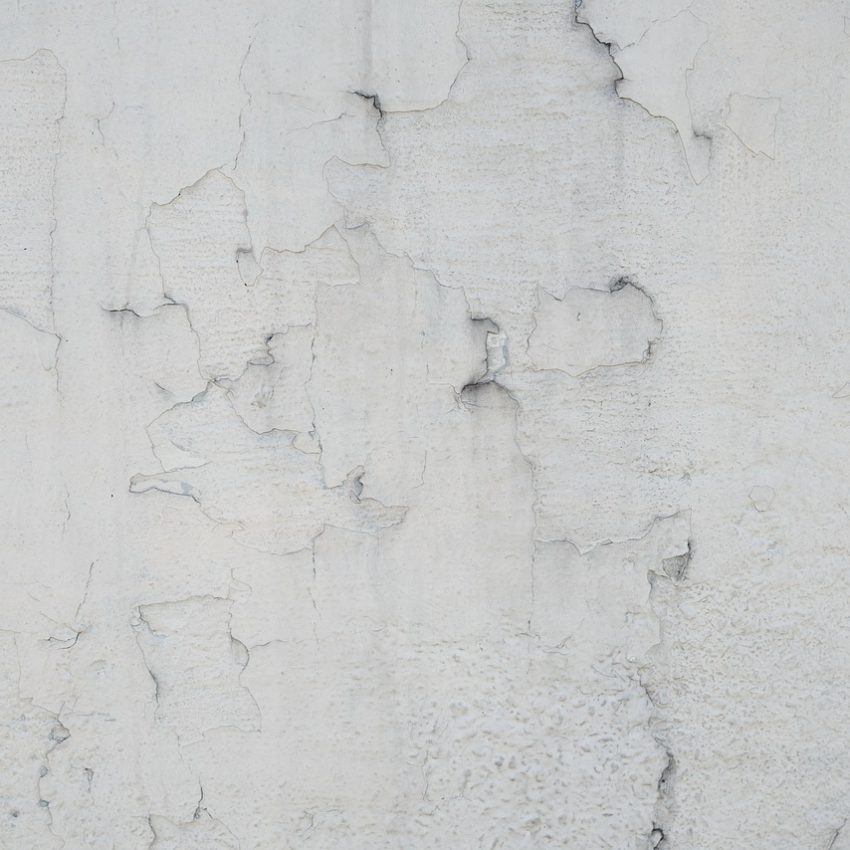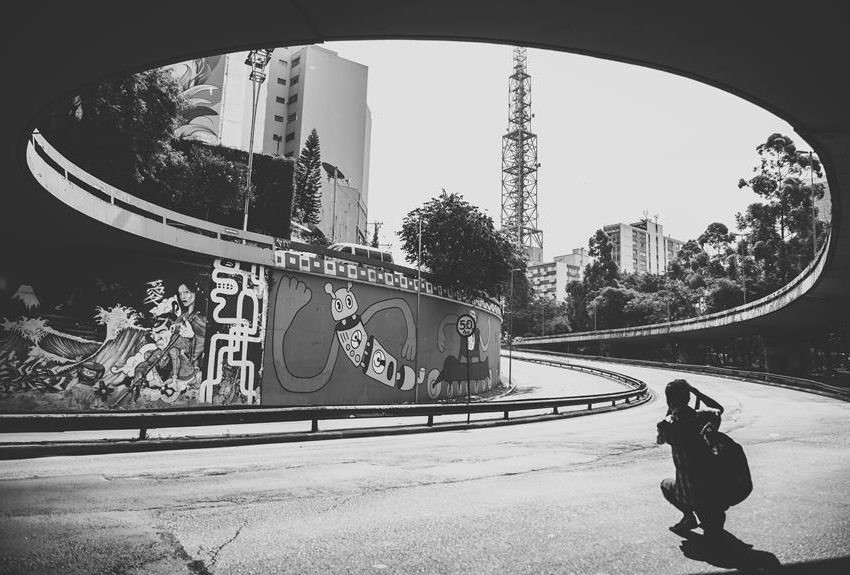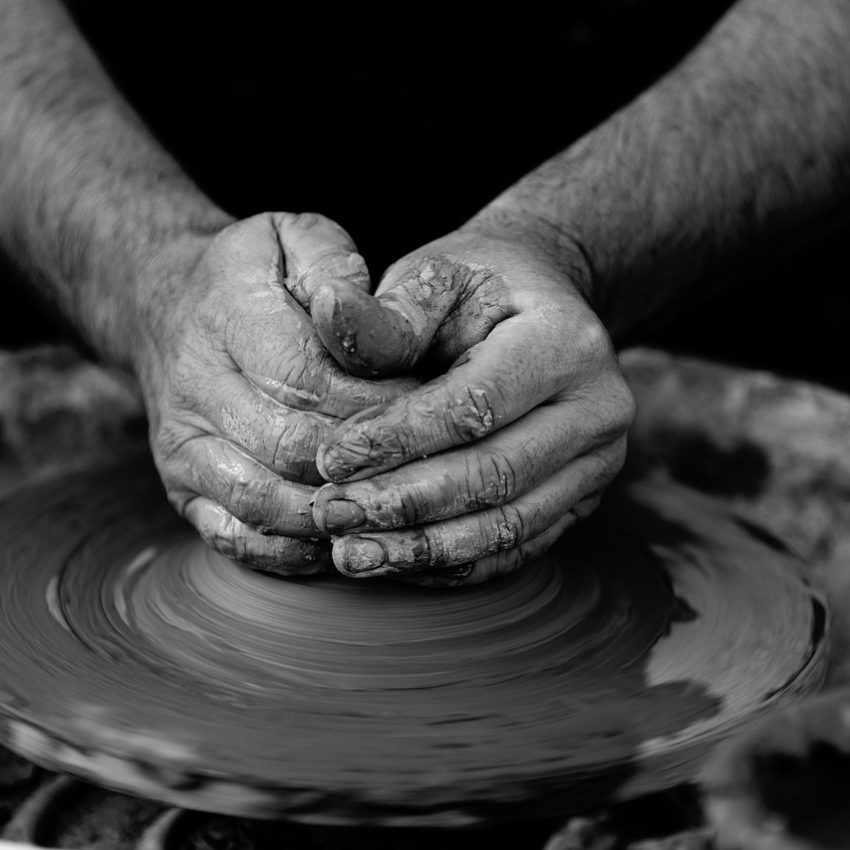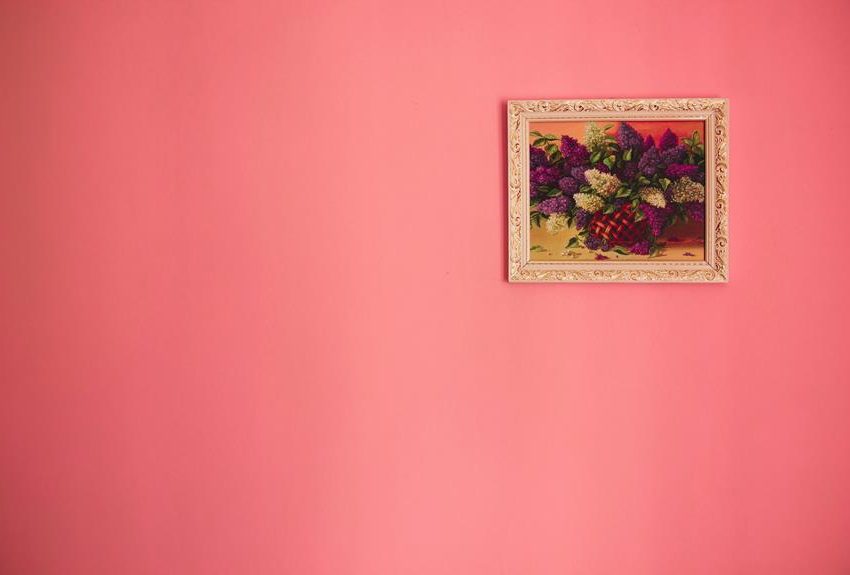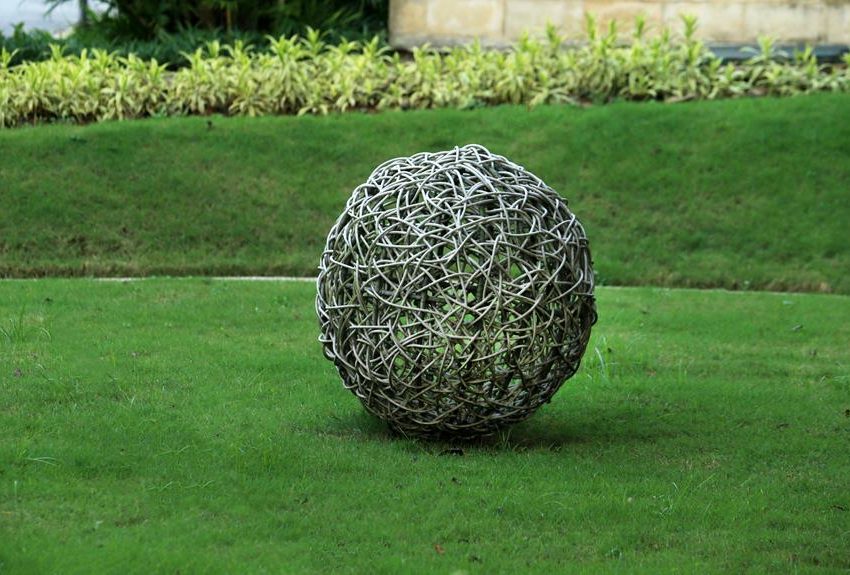Frida Kahlo Paintings and Masterful Artwork Collection
Step into the vibrant and tumultuous world of Mexican artist, Frida Kahlo, a visionary artist whose indelible mark on the art world continues to resonate powerfully.
Known for her unapologetic self-expression and unyielding spirit, Kahlo’s life story is as captivating as the vivid hues that adorned her canvases.
From overcoming personal struggles to shaping a cultural revolution, Frida Kahlo stands as an icon of resilience and creativity.
In this exploration, we delve deep into the intricate tapestry of emotions, political fervor, and surrealist visions that defined Kahlo’s artistic legacy.
Each painting serves as a portal to a realm where pain transforms into strength, love blooms amidst hardship, and identity unravels through brushstrokes.
Join us on this enlightening journey through a selection of eight iconic works that not only showcase Kahlo’s technical prowess but also unveil the inner workings of a brilliant mind laid bare on canvas.
Walk alongside us as we decipher the hidden meanings behind each stroke and color choice, unraveling the enigmatic beauty that is Frida Kahlo’s enduring masterpiece-filled universe.
Early Life and Influences
Frida Kahlo’s early life was marked by tragedy and turmoil, setting the stage for the profound artistic journey that would define her legacy.
Born in 1907 in Coyoacán, Mexico City, Kahlo contracted polio as a child, which left her with a limp. This physical challenge, compounded by a near-fatal bus accident in her teenage years, not only caused her immense pain but also became central themes in her art, much like in her famous paintings.
Through her work, Kahlo transformed her suffering into raw, emotional expressions that resonated with audiences worldwide.
Artistically, Kahlo drew inspiration from various sources that shaped her distinctive style, including her experiences in Mexico and the United States.
Influenced by Mexican muralists like Diego Rivera and symbolist painters such as Gustave Moreau, she developed a unique blend of realism and fantasy in her works.
Her exposure to diverse artistic traditions during her formative years helped cultivate a visual language that was both deeply personal and universally resonant.
Kahlo’s incorporation of indigenous Mexican folk art elements further enriched the symbolic depth of her paintings, making each piece a celebration of her heritage as Magdalena Carmen Frida Kahlo y Calderón.
Mexican culture and folklore infused every brushstroke of Frida Kahlo’s art, reflecting a deep connection to her heritage and identity.
From vibrant colors reminiscent of traditional Mexican textiles to imagery drawn from pre-Columbian myths, Kahlo’s paintings echoed the rich tapestry of Mexican cultural heritage.
The influence of popular Mexican traditions such as Dia de los Muertos (Day of the Dead) is evident in many of her works, adding layers of symbolism and cultural resonance to her visual narratives.
For Kahlo, art was not just a means of self-expression but also a powerful tool for preserving and celebrating Mexico’s artistic heritage.
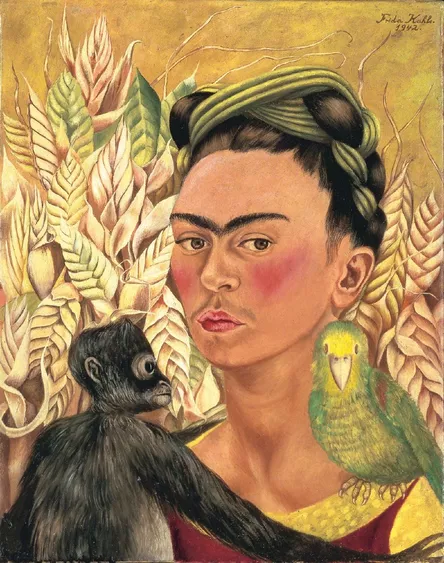
Self-Portraits: The Mirror of Frida's Soul
Frida Kahlo’s self-portraits stand out as intimate windows into her tumultuous inner world.
Through these introspective works, she laid bare her struggles, pain, and deepest emotions for the world to witness.
One of her most famous self-portraits, “The Two Fridas,” depicts two versions of herself sitting side by side, symbolizing the contrasting facets of her identity – a reflection of her fractured sense of self amidst personal turmoil.
In Kahlo’s self-portraits, every element holds significance.
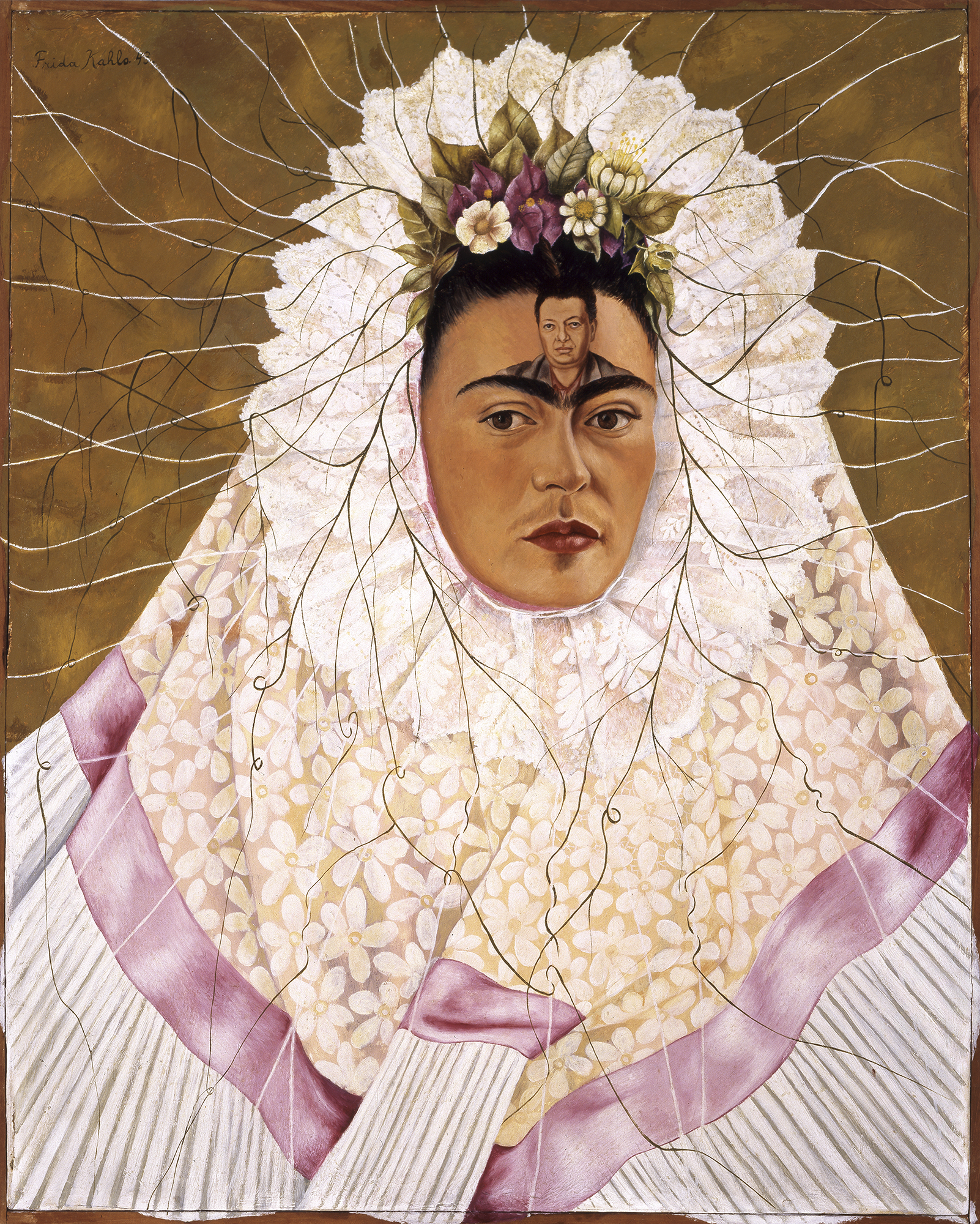
The lush flora and fauna adorning her portraits often symbolize rebirth, fertility, or emotional states, a technique that underscores the symbolic depth revered in famous paintings by Kahlo.
For instance, in “Self-Portrait with Thorn Necklace and Hummingbird,” the thorns cutting into her skin evoke both physical and emotional pain, while the hummingbird hovering near her represents hope and resilience in the face of adversity.
Additionally, Kahlo frequently incorporated traditional Mexican attire like Tehuana dresses and bold jewelry in her self-portraits as a homage to her cultural heritage and a statement of empowerment.
For Frida Kahlo, self-portraiture was not merely capturing one’s likeness but a profound form of self-exploration and expression.
She used these portraits as tools for delving deep into her psyche, confronting fears, desires, and vulnerabilities with unflinching honesty, similar to how she portrayed herself in each stroke of paint on canvas was an act of defiance against societal norms and stereotypes – a declaration that she would tell her own story on her terms.
Through the mirror of self-portraiture, Frida laid bare not just her physical appearance but also the essence of her soul in all its complexity and raw authenticity.
Through symbolism-rich compositions and stark vulnerability captured in each brushstroke, Frida Kahlo’s self-portraits transcend mere visual representations to become profound reflections of human experience.
By baring wounds both physical and emotional on canvas adorned with elements deeply rooted in Mexican culture, Kahlo created a body of work that continues to resonate with viewers worldwide as an ode to courage in vulnerability and truth in artistry.
Frida Kahlo Political Statements in Art
Frida Kahlo was not just a painter
She was a revolutionary artist who used her works to express profound political statements.
Influenced by her tumultuous personal life and the socio-political climate of Mexico, Kahlo’s paintings often served as powerful platforms for advocating feminism and indigenous rights.
One notable example is “Self-Portrait with Cropped Hair,” where Kahlo challenges traditional gender roles and highlights her defiance against societal norms. By depicting herself in masculine attire with cropped hair, she sends a bold message about autonomy and identity.
In her iconic painting “The Two Fridas,” Kahlo elaborates on themes of duality and inner turmoil while subtly addressing political tensions in Mexico.
The dual representation of herself—one in traditional Tehuana dress symbolizing her Mexican heritage and the other in European attire—signifies a complex negotiation of identity amidst cultural changes.
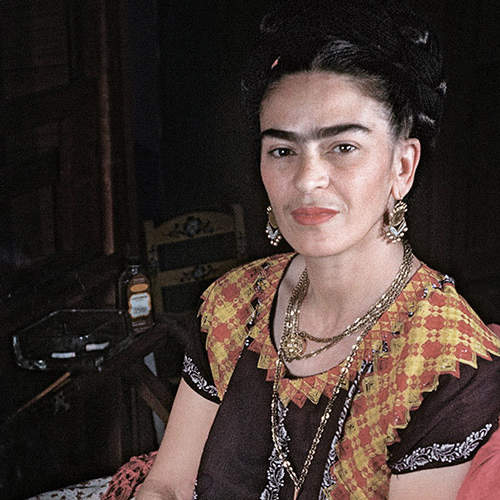
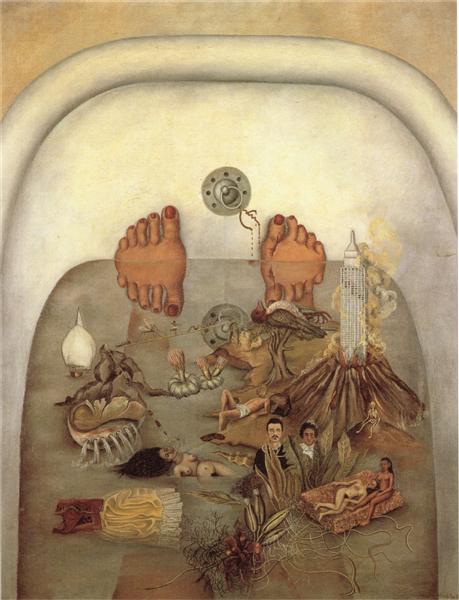
This piece can be seen as a reflection of Kahlo’s own mixed feelings about her Mexican roots amid increasing Western influences in society, offering a poignant commentary on colonial legacies.
Kahlo’s commitment to political activism not only infused depth into her art but also shaped her enduring legacy as an artist who transcended mere aesthetics.
Through paintings like “What the Water Gave Me,” where she articulates environmental concerns through symbolic imagery, or “My Dress Hangs There,” critiquing American consumerism, Kahlo showcased how art could be a powerful tool for social critique.
Her unapologetic blending of personal pain with public discourse resonates even today, reminding audiences that art has the potency to provoke thought and inspire change beyond its visual allure.
Love, Pain, and Desire: Themes in Kahlo's Work
Frida Kahlo’s art is a poignant reflection of her tumultuous personal life, often marred by love, pain, and desire.
Through her paintings, she bared her soul to the world, transforming her physical suffering and emotional turmoil into masterpieces that resonate deeply with viewers.
One striking example of these themes can be found in “The Two Fridas,” where she portrays herself twice – one Frida clad in European attire symbolising her broken relationship with Diego Rivera, while the other Frida wears traditional Mexican dress signifying her authentic self.
This dual representation captures the complexities of Kahlo’s inner conflicts and the duality of human relationships
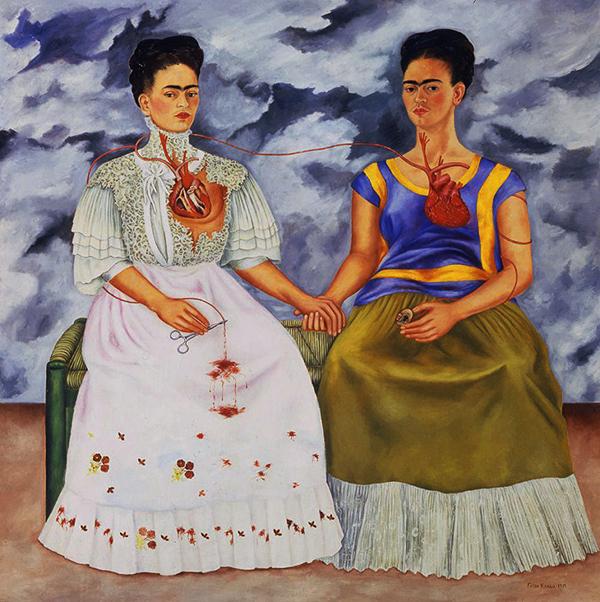
In works like "Self-Portrait with Thorn Necklace and Hummingbird,"
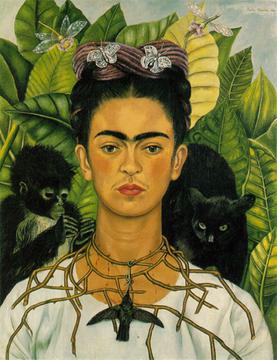
Kahlo conveys the theme of pain with visceral intensity. The thorns piercing her neck symbolise both physical and emotional agony, while the hummingbird hovering near her serves as a symbol of hope amidst suffering, a motif reminiscent of her work celebrated in the Frida Kahlo Museum.
By intertwining elements of pain and beauty so intricately in this painting, Kahlo invites viewers to delve into the depths of human suffering and resilience. Similarly, in “The Broken Column,” she embodies physical pain through a shattered column representing her ravaged spine due to a bus accident—transcending mere portraiture to evoke universal feelings of vulnerability and endurance.
Moreover, Kahlo’s exploration of desire is evident in pieces such as “Henry Ford Hospital,” where she depicts herself surrounded by images symbolising childbirth-related traumas and miscarriages she endured.
The raw emotion conveyed through this painting speaks volumes about Kahlo’s longing for motherhood juxtaposed with stark realities.
By infusing her personal struggles into her work, Frida Kahlo not only captured individual turmoil but also offered a mirror reflecting universal themes of love, pain, and desire that continue to resonate with audiences across generations.
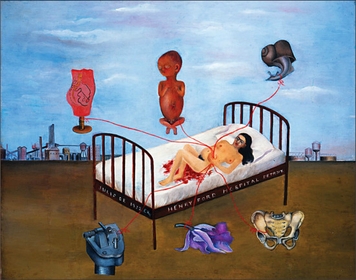
The Surreal World of Frida Kahlo Paintings
Frida Kahlo’s art often delves into the realm of surrealism, where reality intertwines with dreamlike elements to create a truly unique visual language.
In her paintings, we see glimpses of dreams, nightmares, and symbolic motifs that blur the boundaries between the conscious and subconscious mind.
One striking example is “The Two Fridas,” where two versions of herself are connected by veins, symbolizing her inner emotional turmoil and fractured identity.
Exploring Kahlo’s works unveils a tapestry of psychological landscapes where she fearlessly confronts her innermost thoughts and emotions.
Pieces like “What the Water Gave Me” or “Henry Ford Hospital” depict surreal scenes that reflect Kahlo’s pain, desires, and fears in a way that goes beyond mere representation.
By infusing her art with surreal elements, Kahlo invites viewers on a journey through her psyche, inviting introspection and reflection on universal human experiences.
Surrealism becomes a powerful tool for Kahlo to express complex emotions and delve into the subconscious realms of human existence.
Through symbols like roots, thorns, broken bodies, and vibrant colors juxtaposed with somber tones, she constructs narratives that challenge traditional notions of reality, much like the imaginative flair seen in the Frida Kahlo Museum.
The use of surrealistic imagery not only adds layers of meaning to her paintings but also serves as a means for Kahlo to communicate profound truths about life, love, suffering, and resilience in ways that resonate deeply with audiences worldwide.
In essence, Frida Kahlo’s embrace of the surreal transcends mere artistic technique; it becomes a language through which she communicates her deepest vulnerabilities and strengths simultaneously.
By merging reality with fantasy in profound ways, she offers viewers an intimate glimpse into her inner world while challenging them to explore their own complexities, as seen in her self portraits.
Through the prism of surrealism, Kahlo’s legacy endures as a testament to art’s ability to confront the human condition with honesty, empathy, and enduring beauty.
Legacy Beyond Canvas: Frida Kahlo's Lasting Impact
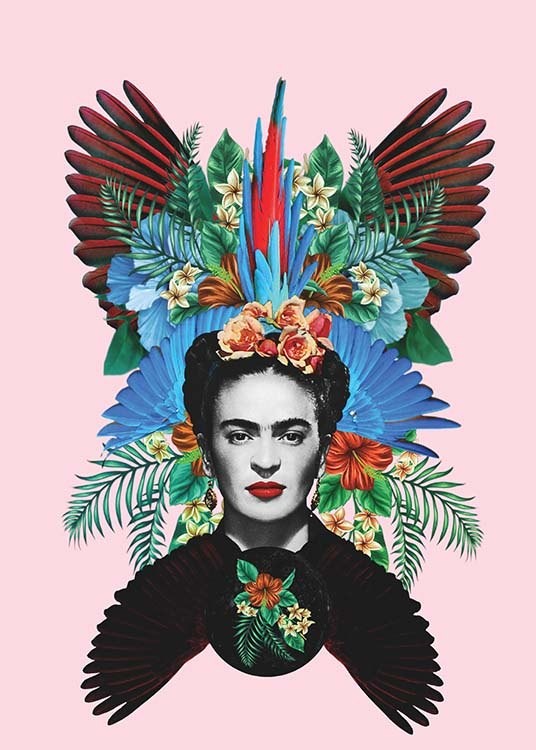
Frida Kahlo’s artistic legacy extends far beyond the canvas, reverberating through contemporary art in diverse forms.
Her unapologetic introspection, bold visual language, and thematic depth have inspired a new generation of artists across various mediums. From photography to performance art, Kahlo’s spirit lives on in the works of those who dare to explore the intricacies of identity, pain, love, and resilience through art.
Modern-day creators continue to draw inspiration from Kahlo’s unflinching portrayal of the human experience.
Through her lens, they find courage to challenge norms, embrace vulnerabilities, and celebrate individuality.
Frida’s influence transcends borders and time, reminding us that art has the power to bridge gaps, provoke thought, and stir emotions.
As audiences worldwide connect with Kahlo’s raw honesty and unwavering passion, her voice echoes through galleries as a timeless testament to the enduring power of creativity.
Conclusion
Frida Kahlo’s work has been celebrated internationally as emblematic of Mexican national and indigenous traditions, as well as for its uncompromising depiction of the female experience.
Born Magdalena Carmen Frida Kahlo y Calderón in Coyoacán, Mexico City, Kahlo’s life and art were profoundly shaped by her experiences, from contracting polio as a child to surviving a near-fatal bus accident in her teenage years.
Despite facing immense physical and emotional pain throughout her life, Kahlo emerged as a pioneering artist, drawing inspiration from Mexican folk culture and blending elements from pre-Columbian and Catholic traditions in her work.
Kahlo’s paintings, often depicting herself in bold and unapologetic self-portraits, served as a means of introspection and self-expression, confronting themes of love, pain, and identity.
Her solo exhibitions at the Julien Levy Gallery in New York and later in Paris garnered international acclaim, solidifying her reputation as a groundbreaking artist. Kahlo’s involvement with the Mexican Communist Party and her marriage to muralist Diego Rivera further enriched her artistic vision and political activism.
Her inaugural solo exhibition in Mexico took place in 1953, but her consistently delicate health took a rapid decline in the same decade, just before her passing in 1954 at the age of 47. Despite Kahlo’s significant contributions as an artist, her work remained relatively obscure until the late 1970s, when it underwent a resurgence of interest among art historians and political activists.
From her devotional paintings to her surreal depictions of the female experience and form, Kahlo’s art remains publicly accessible, showcased in museums around the world, including the Museo de Arte Moderno in Mexico City.
As we reflect on her life and art, Frida Kahlo’s enduring impact serves as a testament to the power of creativity in transcending pain and adversity, leaving an indelible mark on the art world and beyond.
